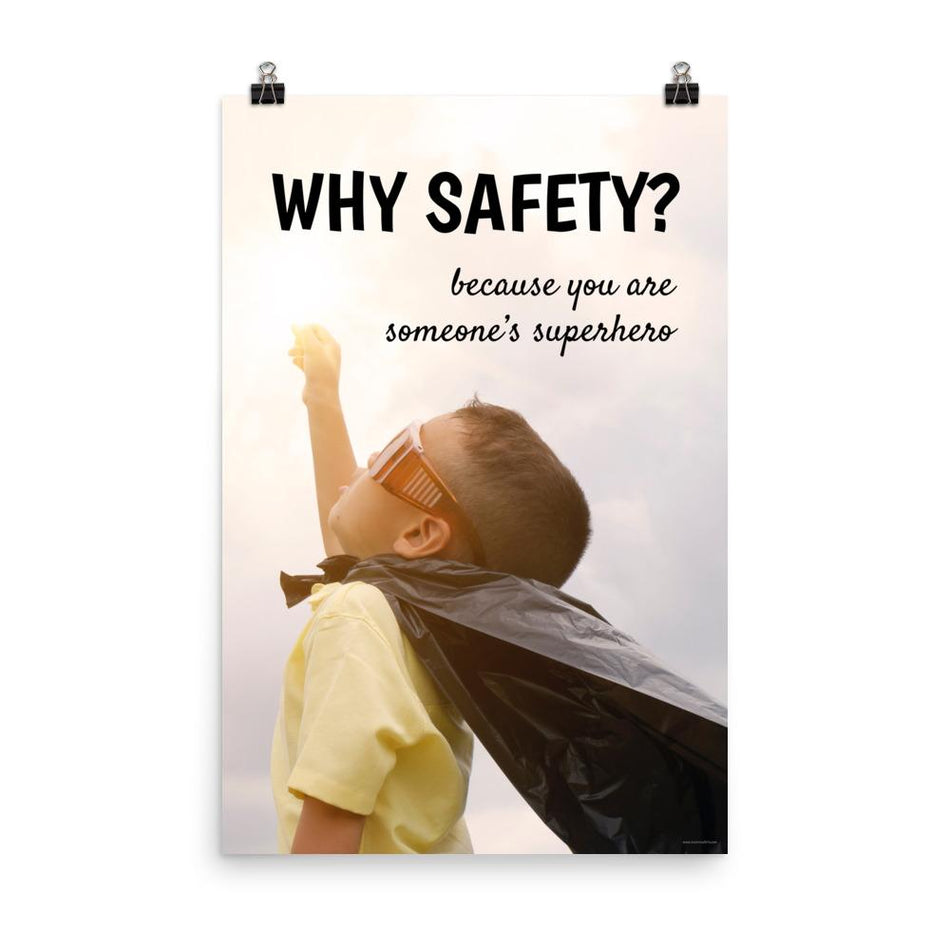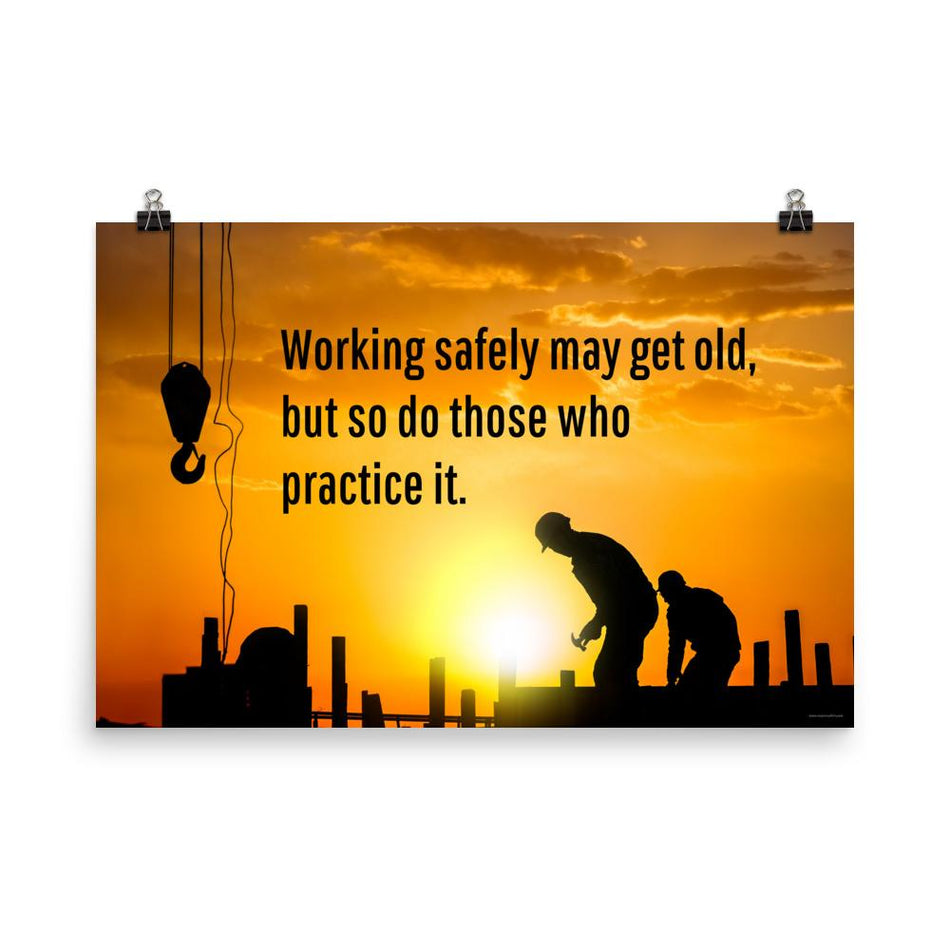At some point, most drivers will face the challenge of a long-distance road trip, which can range from several hours to multiple days. For some, long drives are a routine part of their daily or weekly commute or work requirements. Whether you’re a seasoned long-distance driver or preparing for your first lengthy journey, staying alert and prepared is crucial. Here are some essential tips to ensure a safe and smooth trip.
Fatigue is the primary concern for any long drive. If you start to feel tired, safely pull over, stretch, drink a caffeinated beverage, or take a short nap. Remember, these measures are only temporary; the only true remedy for fatigue is proper sleep.
Essential Preparations Before Hitting the Road
- Pack an Emergency Kit: Include essentials like a first aid kit, flashlight, batteries, and basic tools. Hopefully, you’ll never need it, but it’s better to be prepared.
- Bring Extra Supplies: Carry extra water and easy-to-eat snacks in case you encounter unexpected delays or traffic jams.
- Plan Your Entertainment: Decide on your audio options beforehand, whether it’s podcasts, audiobooks, or music, so you’re not distracted by your phone while driving.
Pre-Drive Checklist
- Plan Ahead: Choose the safest route, avoiding heavy traffic and construction zones. Allow sufficient time to reach your destination without stress.
- Check the Weather: Be aware of any adverse weather conditions and ensure your vehicle is equipped to handle them.
- Get Enough Sleep: Start your journey well-rested. Aim for multiple nights of good sleep before your trip.
- Know Your Vehicle: Adjust seats and mirrors, and familiarize yourself with the vehicle’s controls and blind spots, especially if it’s a rental or fleet vehicle.
- Get Comfortable: Ensure your posture is correct and adjust the seat and steering wheel for maximum comfort. Proper mirror adjustment can prevent neck strain.
- Empty Your Pockets: Remove items from your back pockets to avoid discomfort and potential back pain.
- Buckle Up: Seat belts save lives. Ensure everyone in the vehicle is properly buckled up.
During the Drive
- Stay Alert: Avoid medications that cause drowsiness. If you start to yawn frequently or lose concentration, take a break.
- Drive Defensively: Maintain a safe distance from other vehicles, obey speed limits, and stay focused.
- Slow Down When Needed: Adjust your speed for weather conditions, traffic, and road hazards.
- Drive Safely: Scan the road ahead for traffic and hazards. Always check mirrors and blind spots before changing lanes or merging.
- Stay Hydrated: Keep water and healthy snacks in the car. Dehydration can cause headaches and hunger can be distracting.
- Remain Visible: Avoid other drivers’ blind spots and use turn signals. Turn on headlights during low visibility and ensure brake and taillights are working.
Avoiding Dangerous Driving Behaviors
- Don’t Drive Impaired: Never drive under the influence of alcohol, drugs, or medications that affect your judgment and reaction time.
- Avoid Aggressive Driving: Stay calm, don’t speed or tailgate, and use turn signals. Yield to merging vehicles and don’t take other drivers’ actions personally.
- Limit Distractions: Don’t look at your phone, eat, groom, or reach for items while driving. Keep your eyes on the road.
- Texting Can Wait: Make calls and send texts before you drive. Use auto-responses to inform people you’re driving and can’t respond.
- Fight Fatigue: Avoid driving during your typical sleep hours or energy dips, which are usually between midnight and 6 am and in the early afternoon.
Throughout Your Journey
- Take Rest Breaks: Stop every 2 hours or 100 miles to stretch and walk around. Listen to your body and take breaks as needed.
- Adjust for Ergonomics: Make small adjustments to your posture and seat position to prevent discomfort and pain.
- Plan Your Stops: Prolonged sitting and vehicle vibrations can cause body stress, so plan regular breaks.
- Refuel Before Empty: Don’t wait until you’re nearly out of gas. Plan ahead to avoid the stress of finding a gas station in urgent situations.
- Clean Up During Stops: Keep the car clutter-free to avoid distractions. Clean up spills and dispose of trash during breaks.
Avoiding distractions and aggressive driving behaviors is essential. Keep your focus on the road and resist the urge to use your phone or engage in other activities that take your attention away from driving. If you feel tired or stressed, take a break to rejuvenate and regain your focus.
Remember, the goal of any journey is to arrive safely at your destination. By adhering to these guidelines, you not only enhance your safety but also contribute to a smoother, more enjoyable drive. Whether it’s a one-time trip or part of your regular routine, these tips will help you navigate the challenges of long-distance driving with confidence.










